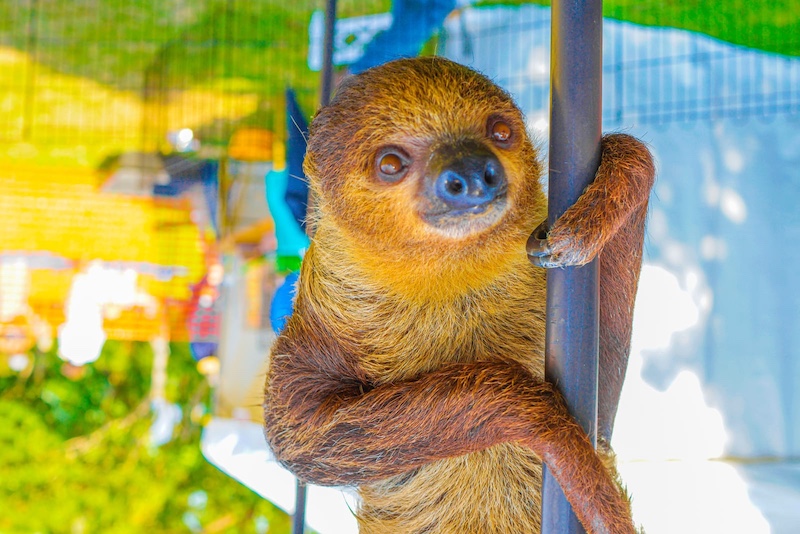Sloths are some of the most fascinating and unique creatures in the animal kingdom. Known for their slow movements and adorable expressions, these tree-dwelling mammals have evolved in remarkable ways. Here are 10 interesting facts about sloths that reveal just how extraordinary they are.
Sloths Are Surprisingly Good Swimmers
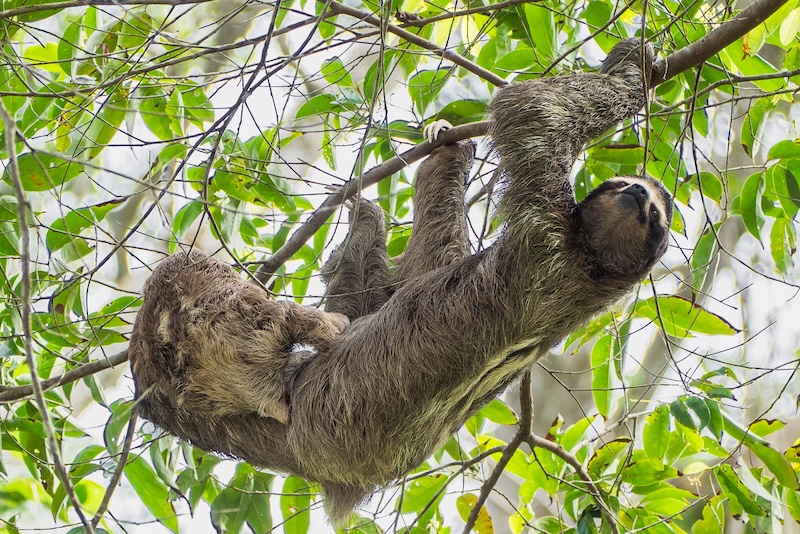
Despite their sluggish movements on land, sloths are excellent swimmers. They use a graceful, efficient breaststroke motion and can hold their breath for up to 40 minutes by slowing their heart rate. This ability helps them cross rivers and avoid predators.
They Spend Almost Their Entire Lives Upside Down
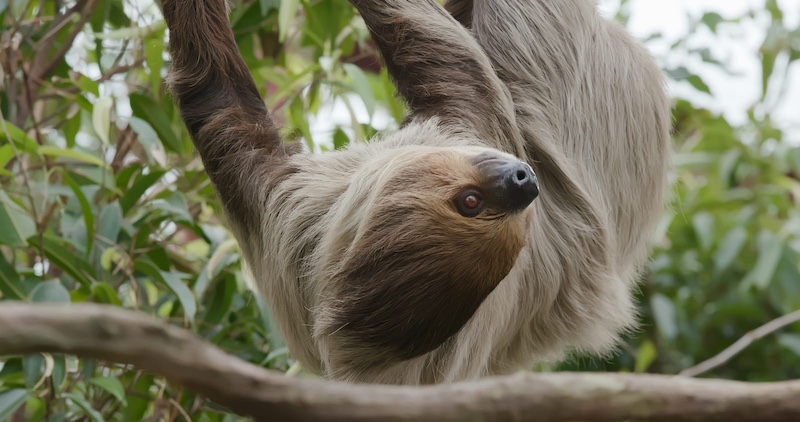
Sloths are arboreal animals, meaning they live in trees. They spend around 90% of their lives hanging upside down. Their internal organs are uniquely arranged to accommodate this lifestyle, and they can even eat, sleep, and give birth while upside down.
Sloths Have an Extremely Slow Metabolism
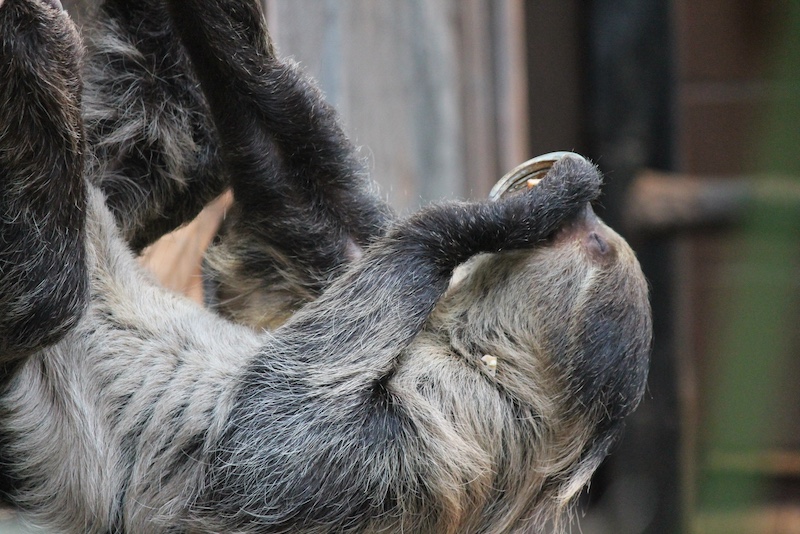
Sloths are known for their slow pace, but this sluggishness is due to their exceptionally slow metabolism. It can take them up to a month to fully digest a single meal. Their low metabolic rate helps them conserve energy in their low-calorie diet, which consists mostly of leaves.
Sloths Only Poop Once a Week

Due to their slow digestion, sloths only descend from the trees about once a week to relieve themselves. This is a vulnerable time for them, as they are exposed to predators on the ground. Amazingly, sloths often lose up to a third of their body weight when they poop.
They Host Their Own Ecosystem
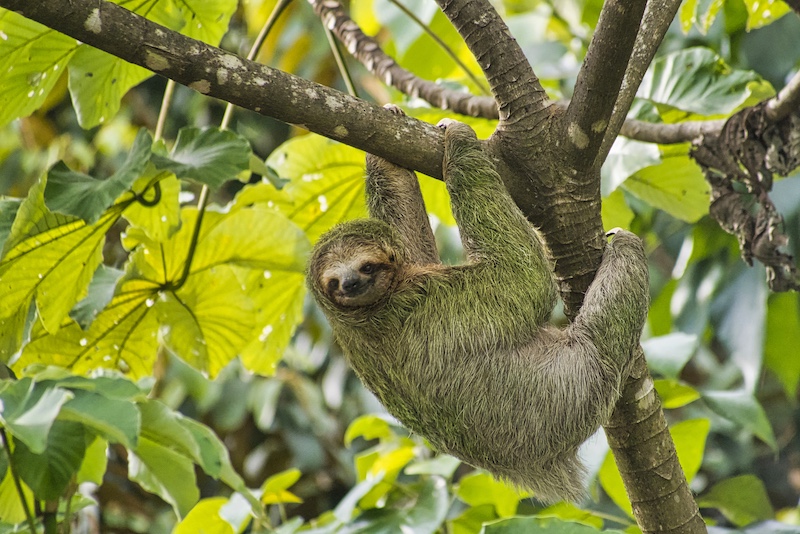
Sloths’ fur is home to a variety of organisms, including algae, beetles, and moths. The algae give the sloths’ fur a greenish tint, which helps them camouflage with the leaves. This tiny ecosystem is mutually beneficial—moths lay eggs in sloth dung, and the larvae provide nutrients that help the algae thrive.
Sloths Have an Extra Vertebra for Flexibility
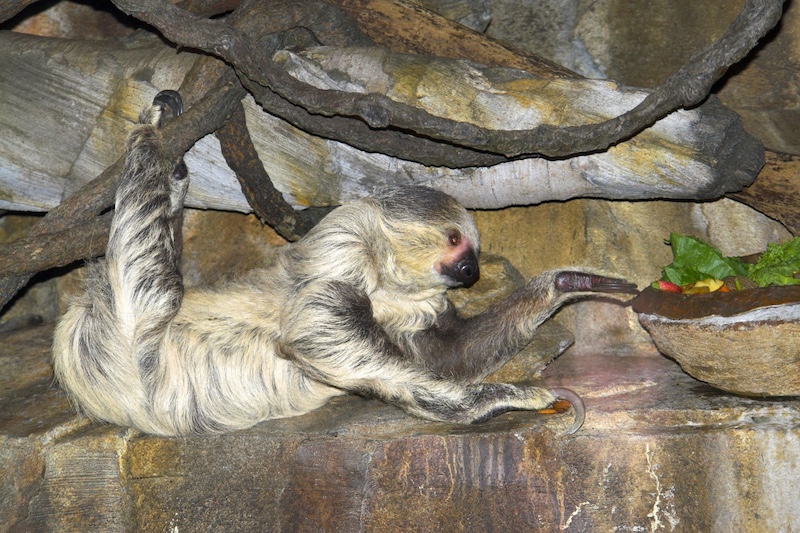
Unlike most mammals, sloths have an additional neck vertebra, allowing them to rotate their heads up to 270 degrees. This flexibility gives them a wider range of vision, making it easier to spot predators without needing to move their entire bodies.
They Sleep a Lot Less Than You Might Think
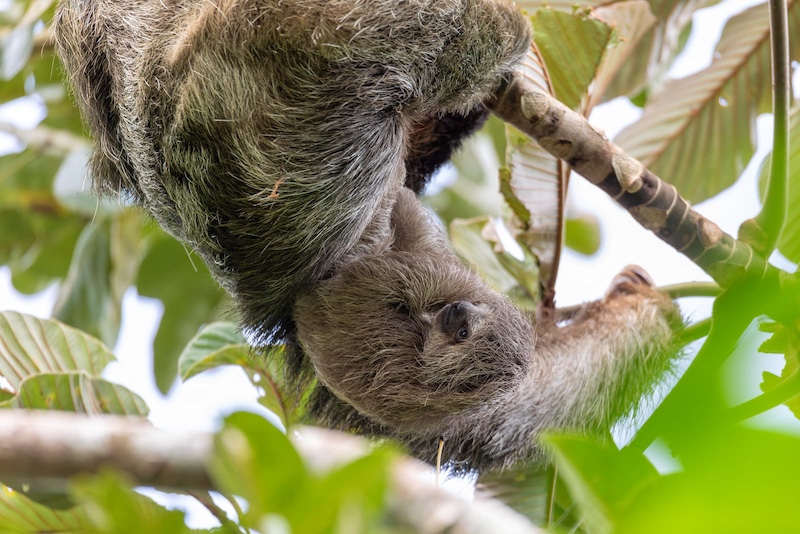
Although sloths have a reputation for sleeping all day, they actually sleep only around 8 to 10 hours in the wild. This is comparable to many humans. In captivity, however, they may sleep up to 15-20 hours due to the lack of natural stimuli.
Their Grip Is Involuntary
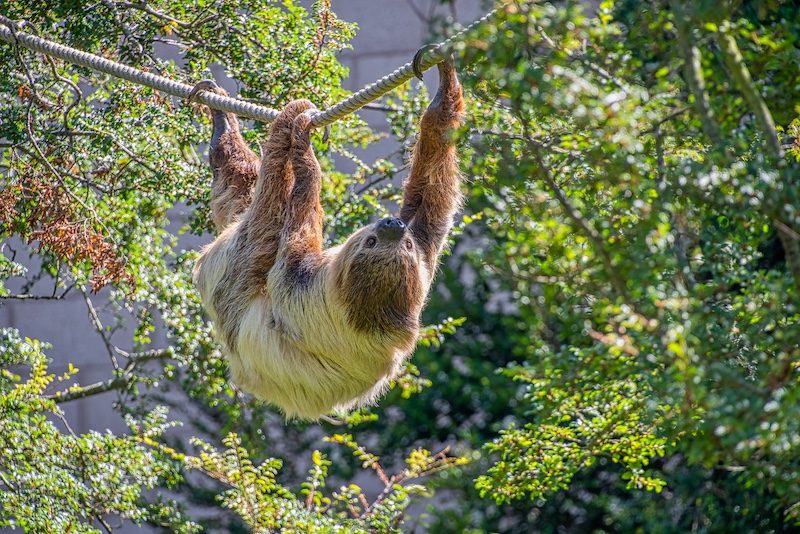
You may already know that sloths spend a lot of time in trees. That’s because they have a strong, involuntary grip that allows them to cling to tree branches without exerting effort. Their curved claws lock in place, enabling them to hang securely, even while they sleep.
Sloths Are Surprisingly Strong
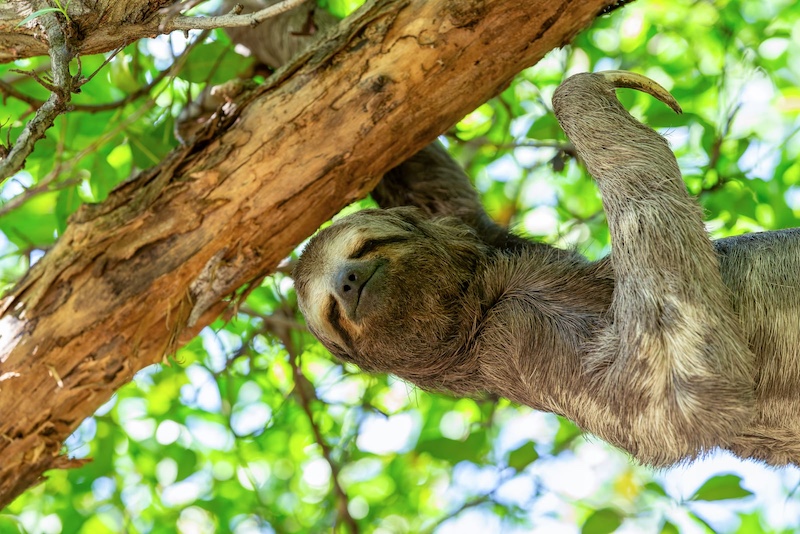
Despite their small size, sloths are surprisingly strong. Their limbs contain 40% more muscle mass than similarly sized mammals, giving them a powerful grip. This strength helps them hold onto branches for long periods.
Sloths Have a Low Body Temperature
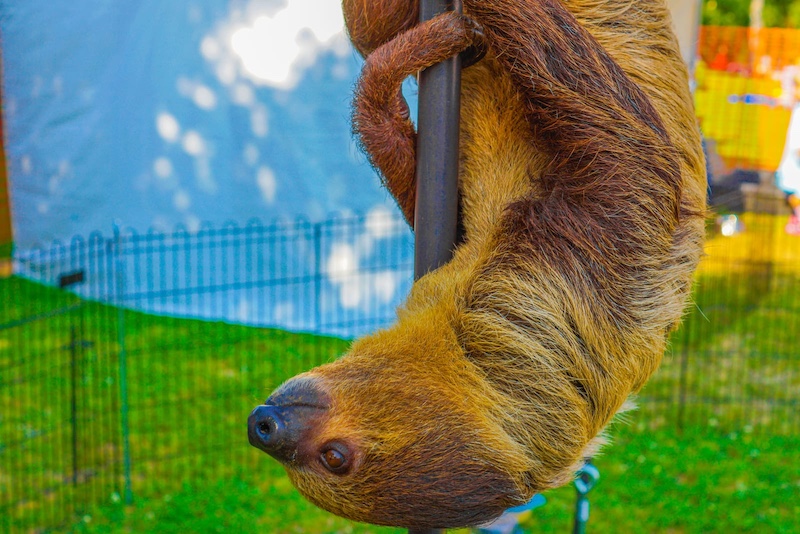
Sloths have the lowest body temperature of any mammal, ranging between 77°F and 95°F (25°C to 35°C). Their temperature can fluctuate depending on the environment, which makes them vulnerable to cold weather.
- Please Note: This content was created with the assistance of AI and thoroughly edited by a human before publishing.

